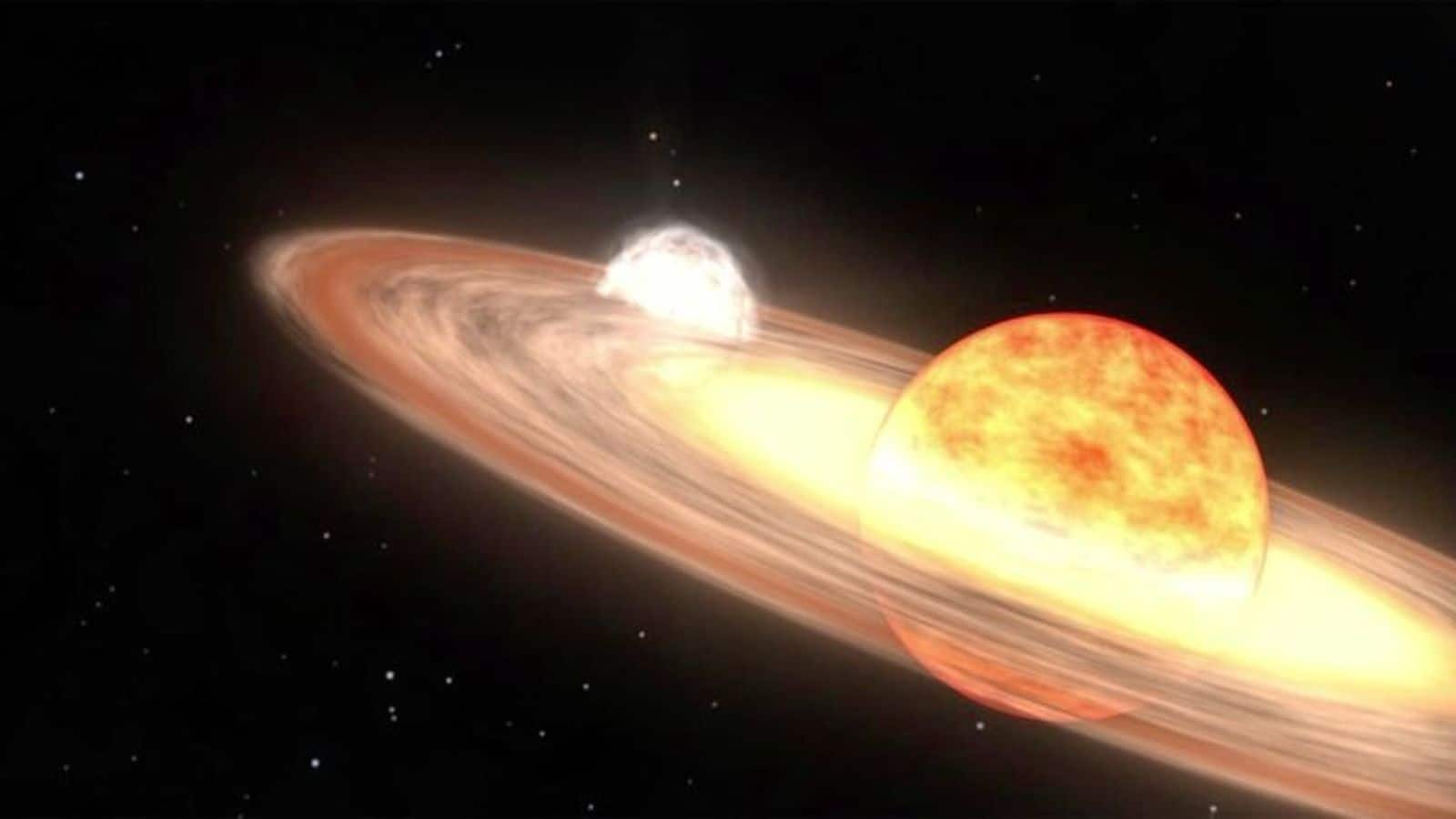
'Once-in-a-lifetime' celestial event to create new star in sky
What's the story
Astronomers are eagerly anticipating a unique celestial event that will result in a "new star" appearing in the night sky, sometime between now and September. This extraordinary event, known as a Nova, is expected to occur in the Corona Borealis, or Northern Crown constellation of the Milky Way. The Nova will be visible from the Northern Hemisphere, and is predicted to reach a brightness level similar to that of Polaris, or the North Star.
Insights
NASA scientist highlights significance of upcoming event
Dr. Rebekah Hounsell, an Assistant Research Scientist at NASA's Goddard Space Flight Center, has emphasized the significance of this upcoming celestial event. She described it as a "once-in-a-lifetime event that will create a lot of new astronomers out there, giving young people a cosmic event they can observe for themselves." Hounsell believes that this event will ignite a passion for astronomy in many and inspire future generations of scientists.
Nova explained
Understanding the Nova phenomenon and its location
A Nova is a sudden, brief explosion from a collapsed star known as a white dwarf, which remains intact after the event. The upcoming Nova event is expected to occur in the binary system T Coronae Borealis, also known as the "Blaze Star." This system comprises a dead white dwarf star and an aging red giant star, located in the Corona Borealis constellation of the Milky Way.
Recurrence
A rare but fascinating phenomenon
T Coronae Borealis is one of the few recurrent novae with extremely short cycles. The system experiences an explosive event approximately every 80 years, due to the close interaction between its stars. This interaction causes the red giant to become increasingly unstable over time, leading to a "runaway thermonuclear reaction" on the white dwarf's atmosphere, resulting in a Nova. The last recorded observation of the Blaze Star was in 1946.
Preparation
Citizen scientists and astronomers prepare for the event
Citizen scientists as well as space enthusiasts are gearing up for the upcoming Nova event. They will be using social media and email to send out instant alerts when the Nova reaches its peak brightness. Astronomers will be observing the event using a variety of ground- and space-based telescopes, and data from citizen scientists could provide valuable insights into this rare phenomenon.